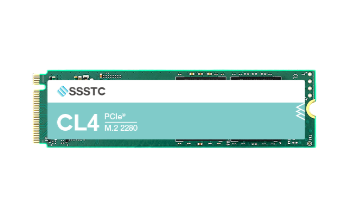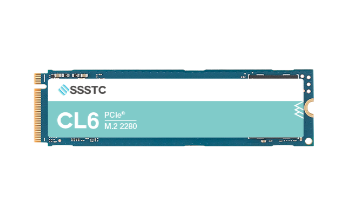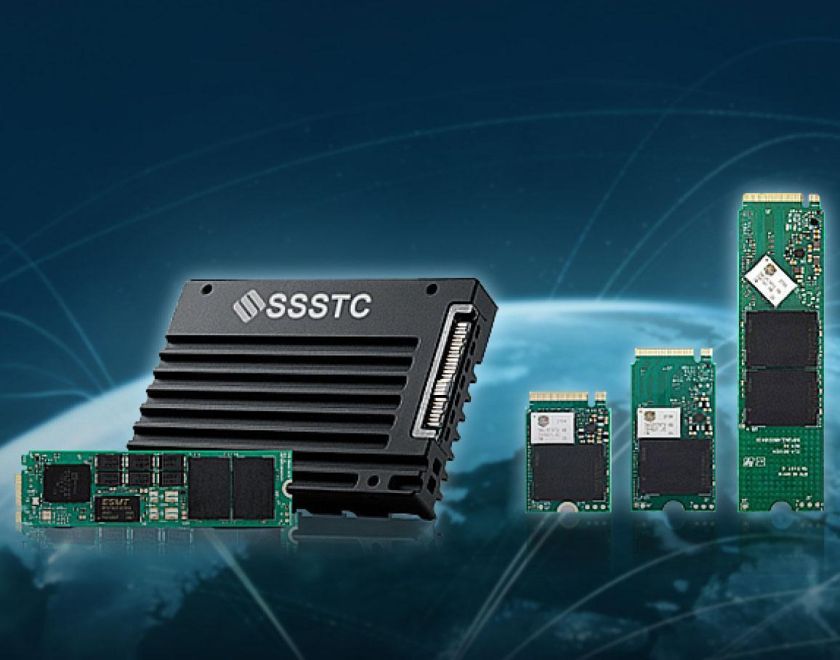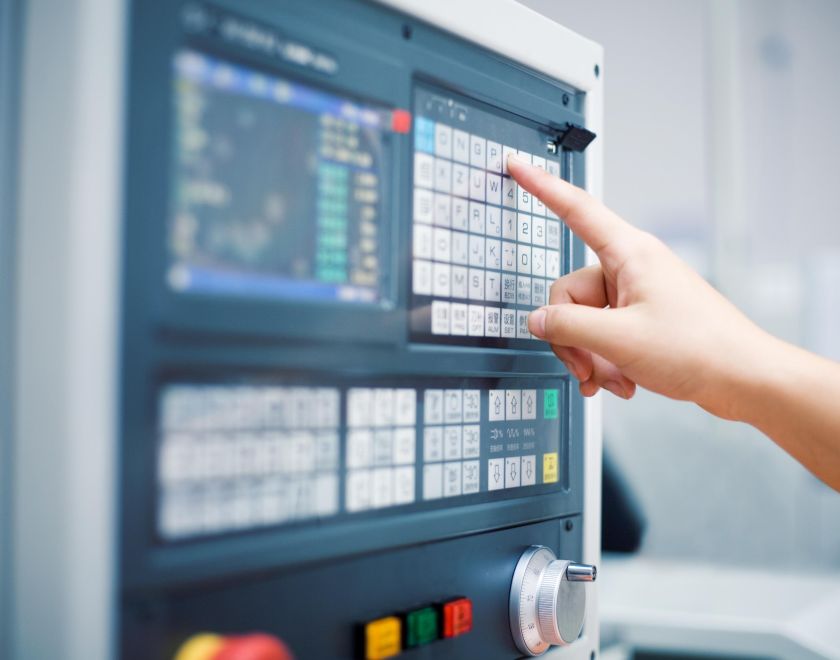Why Is SSD Temperature So Important?
Have you ever considered the operating temperature range of an SSD when choosing one? Whether for high-performance data centers or extreme industrial environments, temperature directly impacts SSD performance and longevity. Today, we uncover the secrets behind SSD operating temperatures, helping you select the best solution!
When selecting an SSD, Operating Temperature and Ambient Temperature are key factors affecting reliability and performance. Different applications require different temperature ranges, leading to distinctions in enterprise , industrial, and consumer-grade SSD designs. This article will explore SSD temperature classifications and their suitable use cases.
What are SSD Operating Temperature, Working Temperature, and Storage Temperature?
-
Operating Temperature / Working Temperature:
This is the temperature range within which a device or component can operate stably under normal conditions. Within this range, the device should be able to perform its functions properly without performance degradation or damage due to excessive heat or cold. For example, an industrial-grade SSD may have an operating temperature range of -40°C to 85°C. Exceeding this range could impact reliability or trigger protection mechanisms.
-
Storage Temperature:
This refers to the temperature range in which a device can be safely stored when it is not in operation (i.e., powered off or not in use). This range is generally broader than the operating temperature range, as devices are more tolerant of temperature variations when not powered. However, prolonged exposure to extreme storage temperatures may still affect the device's lifespan or performance.
SSD Operating Temperature Ranges and Applications
Depending on application needs, SSD operating temperature typically falls into three categories:
-
S-Temp,Standard Temperature: 0℃ ~ 70℃ / 0℃ ~ 85℃
·Applications: Suitable for personal computers, laptops, consumer-grade storage, and some enterprise servers.
·Features: Designed for controlled environments like well-cooled server rooms or general indoor settings, balancing performance and cost-effectiveness.

CL4 M.2 2280
NAND Flash: 3D TLC NAND Flash
Interface: PCIe® Gen4 x4
Sequential Read: UP to 3,700 MB/s
Sequential Write: UP to 2,600 MB/s
2. E-Temp,Extended Temperature: -25℃ ~ 85℃
· Applications: Commonly used in edge computing, automotive systems, and outdoor equipment where wider temperature fluctuations are expected.
· Features: Enhanced to handle both higher and lower temperature ranges, making it ideal for moderately dynamic environments.

CL6 M.2 2280
NAND Flash: 3D TLC NAND Flash
Interface: PCIe® Gen4 x4
Sequential Read: 最高 6,800 MB/s
Sequential Write: 最高 4,800 MB/s
3. I-Temp,Industrial Temperature / Wide Temp : -40℃ ~ 85℃
· Applications: Specifically built for extreme environments that demand high durability and stability, such as military equipment, intelligent transportation systems, aerospace technologies, and industrial automation.
· Features: Engineered to withstand shock, vibration, and significant temperature differences, maintaining stable operation under the harshest conditions.
How to Choose the Right SSD?
- Identify the Application Environment: For server rooms, standard temperature SSDs are sufficient. For outdoor or extreme environments, extended or industrial wide-temperature SSDs are necessary.
- Assess Cooling Conditions: High-performance applications, such as AI computing or edge computing, demand robust heat dissipation systems to ensure stable long-term operations.
- Balance Budget and Needs: Standard SSDs are cost-efficient for general uses, while extended and industrial SSDs cater to more demanding durability and operational range requirements.
Selecting an SSD with the appropriate temperature range not only ensures stable device operation but also extends product lifespan. The requirements for SSD operating temperatures vary across applications, from standard to industrial wide-temperature designs, each with its unique advantages. At SSSTC, we are dedicated to offering reliable SSD solutions for various environments to meet diverse commercial applications. Whether you need stable, high-performance enterprise SSDs, or robust industrial SSDs for extreme conditions, explore our product lineup today and safeguard your data with confidence!
SSSTC provides the best quality, competitive cost mainstream storage products with superior customized service,using KIOXIA top-quality, reputable NAND flash memory in all our SSD products.Contact us to find more enterprise SSD or industrial SSD solutions.


__24C05D67dI.webp)

__24C15hqqtC.png)
__24C15wOdCC.png)









__24C05XQ2my.jpg)







__24C05fplcZ.png)
__24C05vgHYC.png)



